This is where your future is developed: A peek inside Samsung’s South Korea HQ
With the launch of 5G networks and devices, Samsung wants to shape your future – and it’s starting with your toaster.
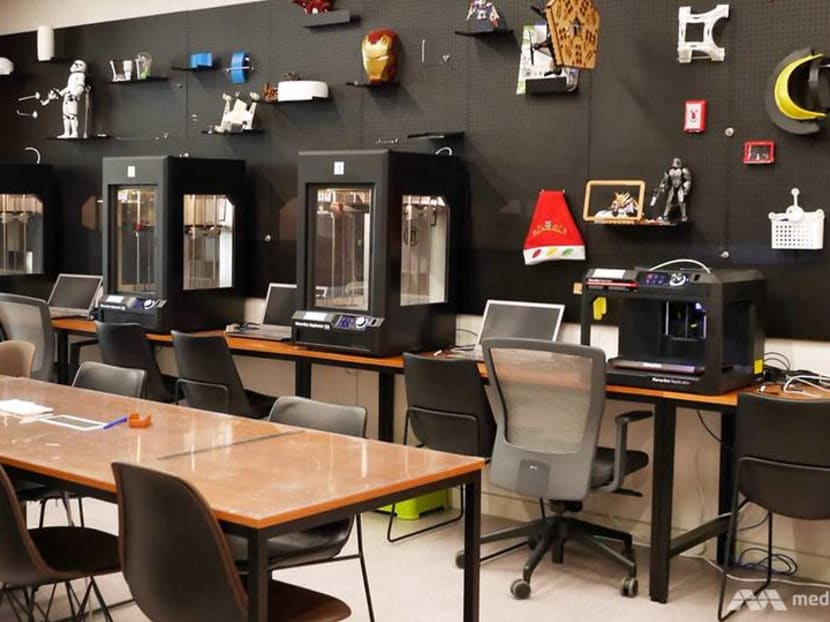
Samsung's C Lab initiative is a corporate startup incubation program out of Suwon, South Korea. (Photo: Aun Koh)
It hasn't been the best of times for Samsung. While the Korean chaebol is still the world's largest television, smartphone and memory chip manufacturer, profits have been falling – it posted a 60 per cent decline in operating profit during the first quarter of 2019 compared to the same period last year, while it performed slightly better during the second quarter but not by much, with a reported 56 per cent decline.
The business environment at home isn’t helping much. South Korea's exports dropped 13.6 per cent in August compared to the same month last year, while exports have also dropped consecutively every month in 2019.
But if anything can be said about this South Korean multinational – that started life, believe it or not, as a grocery store – it’s that it has always understood the idea of adapt or die.
The South Korean multinational has always understood the idea of adapt or die.
Throughout its history, Samsung has re-invented itself, tried new things, and been open to throwing new ideas against the wall to see which ones stick and which fall flat. Sometimes this means Samsung has been eager to bring ideas to market quickly. Perhaps too quickly as was the case with the Samsung Galaxy Fold.
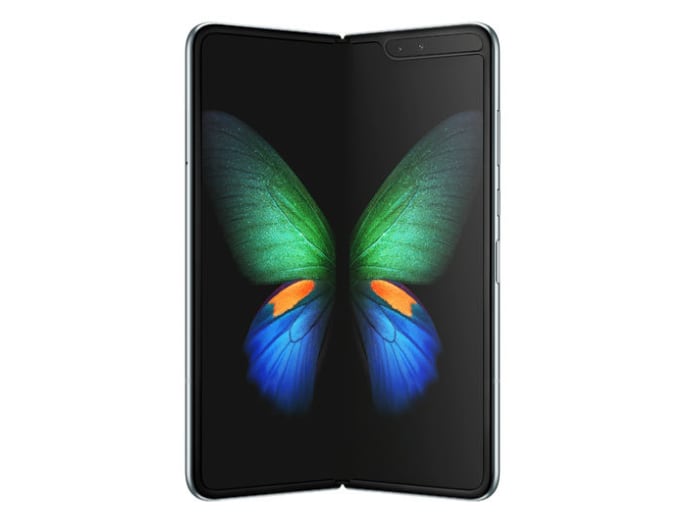
READ: Hands-on with the redesigned Samsung Galaxy Fold
READ: Samsung Galaxy Fold to go on sale in Singapore for S$3,088
The first-of-its-kind folding smartphone went viral for many of the wrong reasons. Influencers who had received early models made videos of screens cracking when folded or when their new owners tried peeling off what they thought was a protective film only to completely destroy the face of their US$2,000 (S$2,758) phone. The device was recalled and, months later, re-introduced to the market. It now sells out almost immediately wherever it is technically available.
While most consumers know Samsung for two things – TVs and smartphones – the company's bread and butter for many years has actually been memory chip manufacturing. That alone accounts for billions of dollars in revenue each year. But global demand has been shrinking and the company is now looking to other business areas to take the company into its next lap.
Samsung has already begun the process of hedging its bets by investing a significant amount of money in the logic chip business. The company confirmed earlier this year that it will invest US$115 billion in the advanced semiconductor business to compete with the likes of Intel and Qualcomm. It has also invested significantly in a wide range of related businesses. And it has done so with – for a company as large as it is – surprising speed.
Half a decade ago, Samsung had zero presence in automative tech. Then, in 2016, it bought Harman International Industries for USD$8 billion. Within three years, Harman-Samsung has become one of the world's top distributor of auto-infotainment components.
LIFE, DEATH AND 5G
It isn’t just the automotive industry that Samsung wants a foothold within. Samsung's vision for the future is one in which all things are driven by technology and connected over a lightning fast network that gives consumers greater control over their lives and the things that are in it.
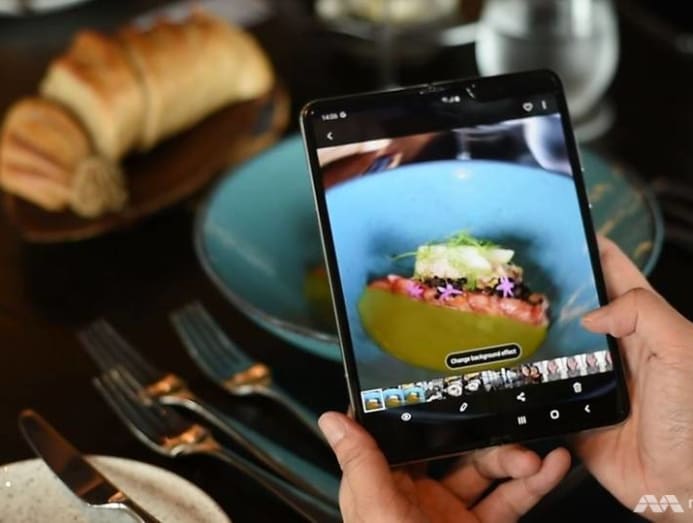
This past week, I was fortunate enough to be a guest of Samsung, visiting its sprawling digital campus in Suwon, South Korea, as well as meeting some of the company’s senior designers at its R&D facility in Seoul. One of the first people we met with was Dr Junehee Lee, a Samsung Senior Vice President in charge of tech strategy and the company’s communication processor R&D team.
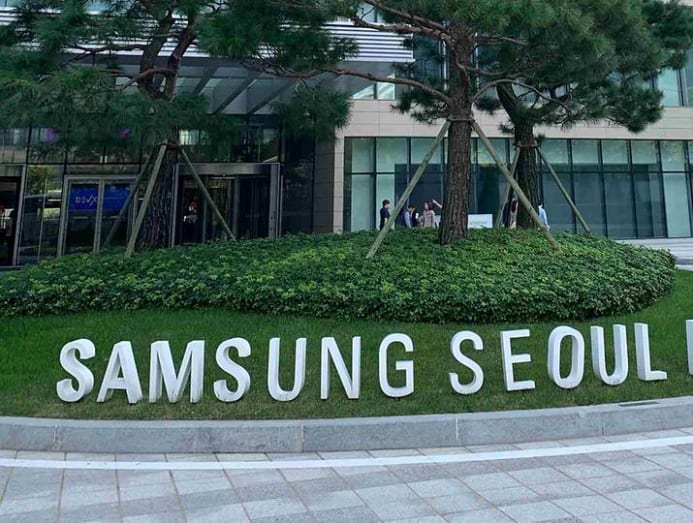
Dr Lee is the go-to spokesperson for everything related to 5G. He is incredibly passionate when he speaks about the achievements that Samsung has made. "We've been talking about IoT – the Internet of Things – for a long time now,” he told CNA Lifestyle. “But with 5G actually rolling out, it's finally happening."
READ: Samsung unveils new Galaxy Note 10 and Note 10+ phones; does away with the headphone jack
He has good reason to be excited. Samsung began research and development into the possibility of 5G back in 2009, before LTE or 4G was even rolled out.
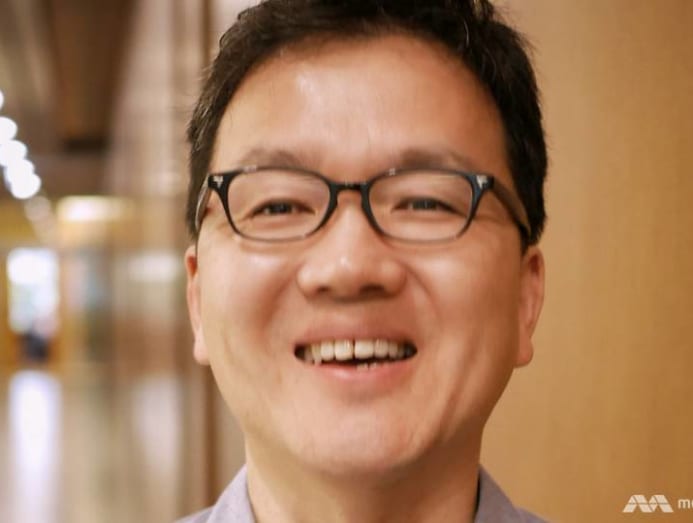
If you thought LTE was fast, 5G offers you warp speed. Data can be transferred at 20 times the speed of 4G. Ten times more devices can be connected in any designated space and latency is cut from a noticeable annoyance to a millisecond.
We've been talking about the Internet of Things for a long time now,. With 5G actually rolling out, it's finally happening.
So what does this mean for us?
Dr Lee said that using 5G, he was able to download an entire season of one of his dramas from Netflix in less than five seconds. But, he added, while the benefits for today's media-consuming audiences are great, that's really not why he and his colleagues look at 5G as a game changer.
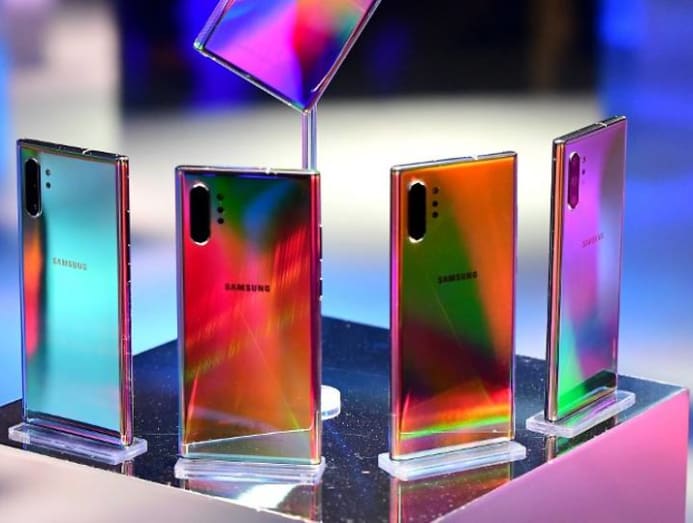
The key is latency. Take autonomous driving for example,” said Dr Lee. If you're going at 100km/h, a one second delay equals tens of metres. That could mean life or death."
While an extreme example, we get his point. Truly smart homes and smart cities have been, for a number of years now, a fantastic theoretical idea. Yes, some products have allowed consumers a level of digital control and automation. But we haven't yet fully turned over our lives and our trust to the network. 5G's promise of almost instantaneous data transfer for an even greater concentration of devices brings the idea of the smart home and smart city into the realm of the possible.
Samsung is betting hard on 5G. It is also quite uniquely positioned as one of the few companies in the world that makes its own 5G-ready devices, builds network infrastructure and manufactures components, many of which are sold to competitors.
From a consumer perspective, 5G phones are the future. Even if your country and its various telcos haven't yet implemented 5G, chances are Samsung is lobbying them to do so. Dr Lee suggests that consumers will want the 5G devices anyway.
"Until 5G is rolled out, the phones can still work over the LTE network. And as soon as 5G is available, they can tell their operator to switch them over. So we will sell 5G phones even in markets where 5G isn't available yet."
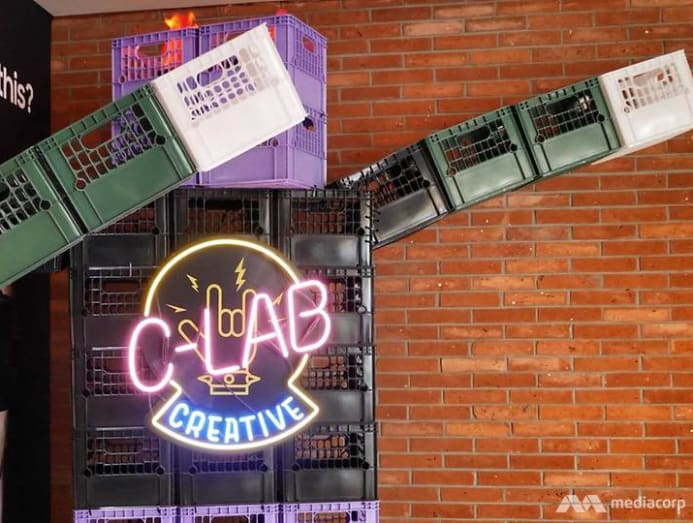
Samsung, and the South Korean government, unveiled a true 5G network in February 2018 during the Winter Olympics, held in Pyeongchang. But it would be another year before the first commercial 5G phone, Samsung's S10 5G, would be launched. It was quickly joined by four more Samsung devices. Dr Lee proudly shared that in the six months since the launch, Samsung has sold two million 5G phones and he expects the number to double by the end of the year.
The current crop of 5G devices are certainly beautiful as well as powerful. At the Samsung R&D Campus, we met with Junho Yang, head of the Flagship Product Design Group. Yang spent over a decade and a half designing televisions before making the move to mobile devices. The new Note 10 and 10+ are his babies.
READ: Samsung Galaxy Note 10, Note 10+ phones available in Singapore
Yang promotes a human-centric approach to new product development. He wants his team members to ask: Will this add value? Will this delight the user? Will this make his or her life better?
Most important and perhaps the hardest thing to achieve is this question: Does this reflect me?
He explained to us the four driving principles that have gone into the design of these flagship devices. Firstly, the physical design of the phones have been reimagined, resulting in slimmer phones with smaller bezels available in two sizes. Secondly, the signature S pen was reconsidered, and simplified in style but upgraded in abilities. The materials and colours for these devices were carefully considered and chose to appeal to a younger, more active, confident and creative target market. Lastly, the way the phone is packaged had to be as sustainable as possible.
BEWARE THE HACKABLE TOASTER
5G isn't just about mobile phones, though. It's about connecting you and everything around you in a way that enhances your life. Samsung hopes that in the near future, all of your major household appliances will be connected. In one of their Experience Studios, a Samsung representative walked us through what this might mean.
"Hi, Bixby. What's in my fridge?" The Smart Things app fired up on the demo phone and we're shown a live display of the contents of a nearby refrigerator. Useful when you have a busy lifestyle and big family and never know when you're running out of things. My wife and I constantly face this problem. One of us will have gone grocery shopping or just placed an online order only to be told we're out of milk, or dashi, or another household staple.
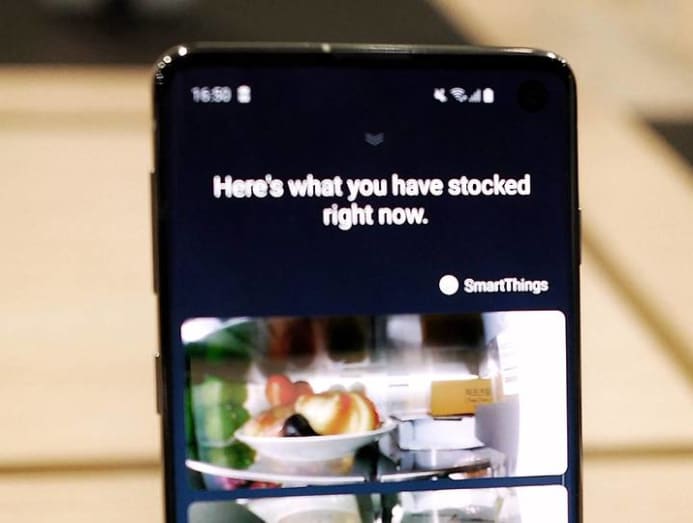
The fridge that we were shown is also something special. The large display on the right hand door gives users access to a wide range of digital tools – everything from music that is played through built-in AKG speakers, to digital post-its that cutely shake whenever the door is closed. Our affable young guide showed us how the fridge can turn on a connected washing machine.
He then showcased a range of other devices, from Samsung’s AirDresser – a closet that refreshes your clothes – to the Sero, a rotating television that swivels the same way your phone does. Lights and blinds – made by compatible companies – can also be controlled through smart buttons, your mobile, or via voice commands.
It’s all very sci-fi to me, but then again, a good bulk of the science fiction I know best was written in the 1960s through to the 1990s. What was imagined by those authors decades ago is now a reality.
Science fiction also warns readers about the dangers of a connected world. And while I don’t think we quite need to worry about a malevolent artificial intelligence along the likes of SkyNet just yet, we should worry about hackers and data privacy.
If Samsung had its way, it would be present in every aspect of your life: Your phone, your watch, your appliances, the network that connects all your tech.
Nick Dawson leads the Samsung Knox strategy and business development team at Samsung Electronics. He likes to talk about the super secure... toaster.
While that may sound a little silly, he’s completely serious.
“Look, there’s no data on a toaster. We all know that. But if I connect a toaster to a network, the bad guys out there can attack it,” he explained. “It’s intuitive for us to protect data on a phone. But it’s not for a toaster. So you connect an unprotected toaster and all of a sudden, people can get at your banking data or at your computer to download whatever they want.”
Before you think that Mr Dawson is being paranoid, remember that two years ago, it was reported that hackers gained access to a North American casino’s servers through a fish tank in their lobby. The aquarium was connected to the casino’s network so that temperature could be remotely monitored and automatically adjusted. The hackers got away with 10 gigabytes of data before the leak was noticed and shut down.
As the Internet of Things, enabled by 5G, becomes a reality, security becomes more important than ever. Samsung phones are already recognised as the most secure available. The company’s Knox system, which has been recognised by governments and corporates as defence-grade, is something embedded into every mobile device. Security protocols are built in at the chipset level, and then encoded into the firmware and software of the phones. As IoT becomes increasingly real, the pressure to protect every connected device likewise increases. Knox is already embedded in Samsung’s wearables and is now being engineered into TVs and household appliances.
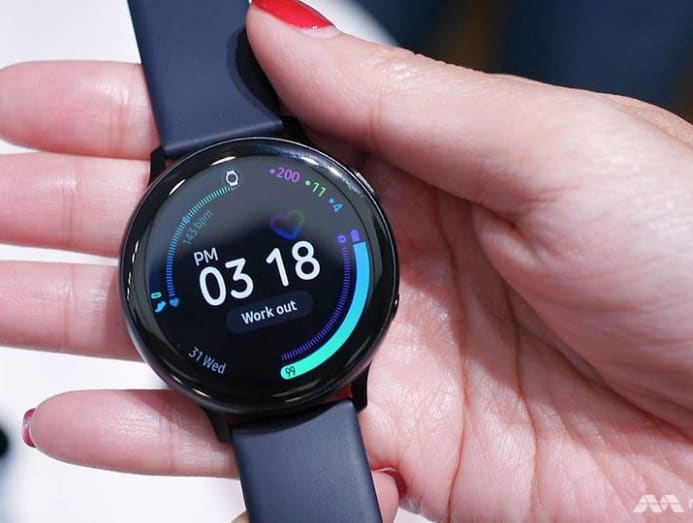
One of the key questions Samsung is grappling with was articulated to us by Jack Ahn, vice president of the Health Software R&D Group. “What’s the real value we can provide to end users?” That, he explained, is not just the question for his group – which is focused on the convergence of health, wellness and technology – but for all of his colleagues in Samsung’s consumer focused businesses.
The reality is that for many end users, what they value most in a mobile device is its ability to delight them. We witnessed this firsthand at a Galaxy Studio pop-up at Ikseondong Hanok Village, a hipster cool ‘hood of interconnected alleys in which trendy cafes and boutiques have taken over 100-year-old buildings.
The pop-up is one of several across Seoul but we’re told that the Ikseondong one is the coolest. There, handsome tall boys and sweet, smiling girls promote the Galaxy Fold as well as the Note 10 and 10+. Members of the public are encouraged to play with the phones, creating artworks within the studio, or rent the phone for three hours and walk around this charming area, shooting selfies and videos.
The pop-up – a gorgeous high-ceiling house that made me think of a chapel – was packed with excited 20somethings. Along the streets, more pretty young things, some in Mr Sunshine-inspired costumes, posed for photos, shot videos and played with the phones.
To encourage these outings, Samsung has linked up with over 80 neighbourhood businesses. Good-looking promoters stand strategically on corners keeping a look out for their products but assisting users. “Need me to take your picture? Sure. Smile!”
If Samsung had its way, it would be present in every aspect of your life: Your phone, your watch, your appliances, the network that connects all your tech. It has invested heavily not just in the products but in the architecture that enables this future. It can offer your country’s operators the network infrastructure to set up a robust 5G network. It will happily sell 5G capable components to every other electronics company.
5G is, though, a bit of a long game. While there’s certainly a lot of money to be made in this area, it’s not going to happen overnight. And the small wins that Samsung Electronics may achieve may not be big enough to address negative results in other areas of this vast conglomerate. But Samsung’s business successes have always been built upon the principles of adaptation and forward-thinking. It also certainly has the resources to ride out a few bumps in the road as it lays down the highway to the future.
And from what I’ve seen, and based on the people I spoke to this week, it’s a future I would very much like to see.
CNA Lifestyle was in South Korea at the invitation of Samsung.





